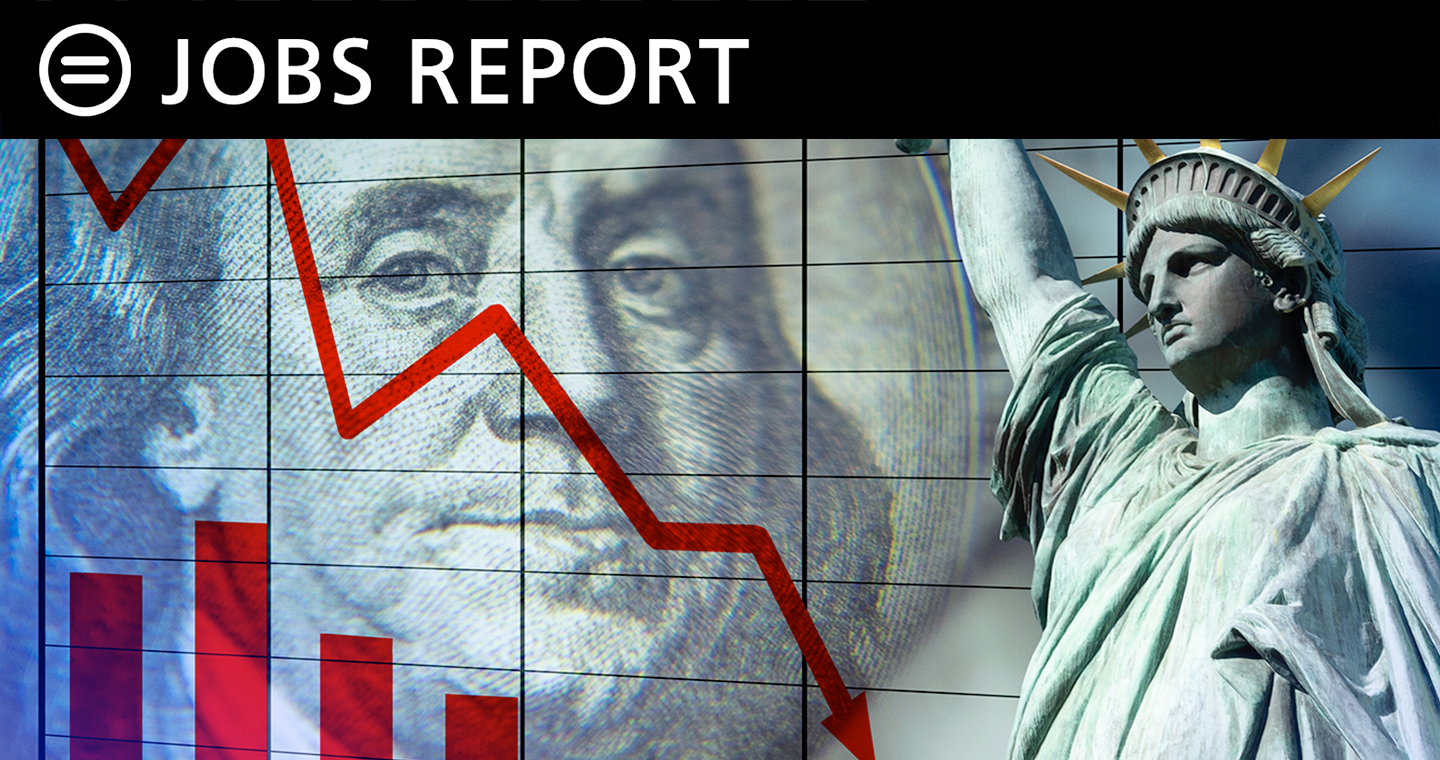July Jobs Report: A New Normal in Economic Growth

By Bernard E. Anderson, Ph.D
Senior Economic Advisor National Urban League
Whitney M. Young, Jr., Professor Emeritus, The Wharton School, University of Pennsylvania
The surge in employment in July shows the economy steadily recovering from the effects of the pandemic while creating a new normal in the path of economic growth.
The 528,000 created in July almost doubled the average monthly job creation during the first six months of 2022 and restored total employment in most industries to the pre-pandemic level observed in February 2020.
The jobs report showed deterioration in racial employment disparities, however. Black employment declined slightly, by 68,000, while white employment rose by more than 200,000, and the Black unemployment rate rose to 6% while white unemployment fell to 3.1%. The racial employment disparity continues to hover at a persistent 2:1 ratio.
The overall unemployment rated declined slightly to 3.5% with nearly all of the job growth in the services sector, led by leisure and hospitality, professional and business services, and health care. The labor market remained tight with little change in labor force participation. Average hourly earnings rose 0.5 %, 5.2% year over year. The high rate of inflation reduced real wages and purchasing power.
That has implications for productivity, and monetary and fiscal policy aimed at producing stable, balanced growth.
In an effort to curtail elevated inflation, the Federal Reserve raised the federal funds rate 75 basis points (.75) in July. By making borrowing more costly, higher interest rates are expected to reduce spending. Fed Chairman Jerome Powell said the Fed will keep its foot on the interest rate petal until the data show a decline in consumer spending. Demand remains so strong it will take some time for rate increases to take effect. Further rate increases of 50 or more basis points are likely throughout 2022 as the Federal Reserve attempts to reduce price increases to the target level 2.0 %.
The effects are beginning to be seen in the residential housing market where some consumers are leading the market and demand is leveling off. A high mortgage interest rates and rising home prices are especially driving first time home buyers from the market.
Volatile gas prices are slowly trending down, but commodity and food prices remain at historically high levels exacerbated by persistent supply chain bottlenecks. Supply pressures are worsened by the war in Ukraine and Covid 19 problems that reduce Chinese exports.
Economic softening is likely but might not come before next year for two reasons: strong job creation and tight labor markets. There is much debate about whether the economy is in recession. The rule of thumb is that the economy is in recession when GDP declines for two consecutive quarters. While GDP declined slightly in Q1 and Q2 2022, but other measures suggest that the economy is not in recession. There is no recession when employment grows 200 thousand or more per month and the unemployment rate remains below 4.0 percent. Job creation creates disposable income the base for sustaining consumer spending. The numbers show little decline in consumer spending despite elevated inflation and reduced consumer confidence.
Economic turbulence exacerbates racial economic disparities. It’s often said that “when white folks catch a cold, Black folk get pneumonia.” Inflation reduces purchasing power for all households, but it is devastating for low- and moderate-income earners. Low-income earners find it difficult to purchase necessities , pay rent, and balance their budget. They are forced to give up purchasing durable goods and essential services. Also, racial minorities are often the first to be laid off when employers cut production in response to declining sales.
The economic outlook is clouded by uncertainty: when will supply chain bottlenecks subside? What can be done to increase oil and gas production? How long will the war in Ukraine last? Will Covid-19 worsen when winter sets in? These and other questions will determine the pace and direction of the economy in the near term. Households and businesses must remain alert to domestic and global developments as the nation flows through turbulent waters.
The Federal Reserve must be nimble in setting monetary policy to implement the dual mandate of price stability and maximum employment. Congress must be cautious in setting fiscal policy to avoid generating more inflation. The bipartisan Inflation Reduction Bill now working its way through the Senate contains measures that will reduce the deficit, help address supply chain bottlenecks, and help reduce health care cost. Together the monetary and fiscal policies might procure an unprecedented soft landing.

